1. Eyjafjallajökull
Eyjafjallajökull, often referred to as “E15” due to its difficult pronunciation, is one of Iceland’s most famous volcanoes. Its 2010 eruption caused massive disruption to air travel across Europe, but today, it’s a popular spot for those wanting to experience a historically significant and visually stunning volcano. You can take a guided tour to get up close to the glacier and explore the aftermath of the eruption.
- Best Time to Visit: Late spring to early autumn, for easier access to the hiking trails.
- Activities: Hiking, glacier tours, and helicopter tours for aerial views of the volcanic landscape.
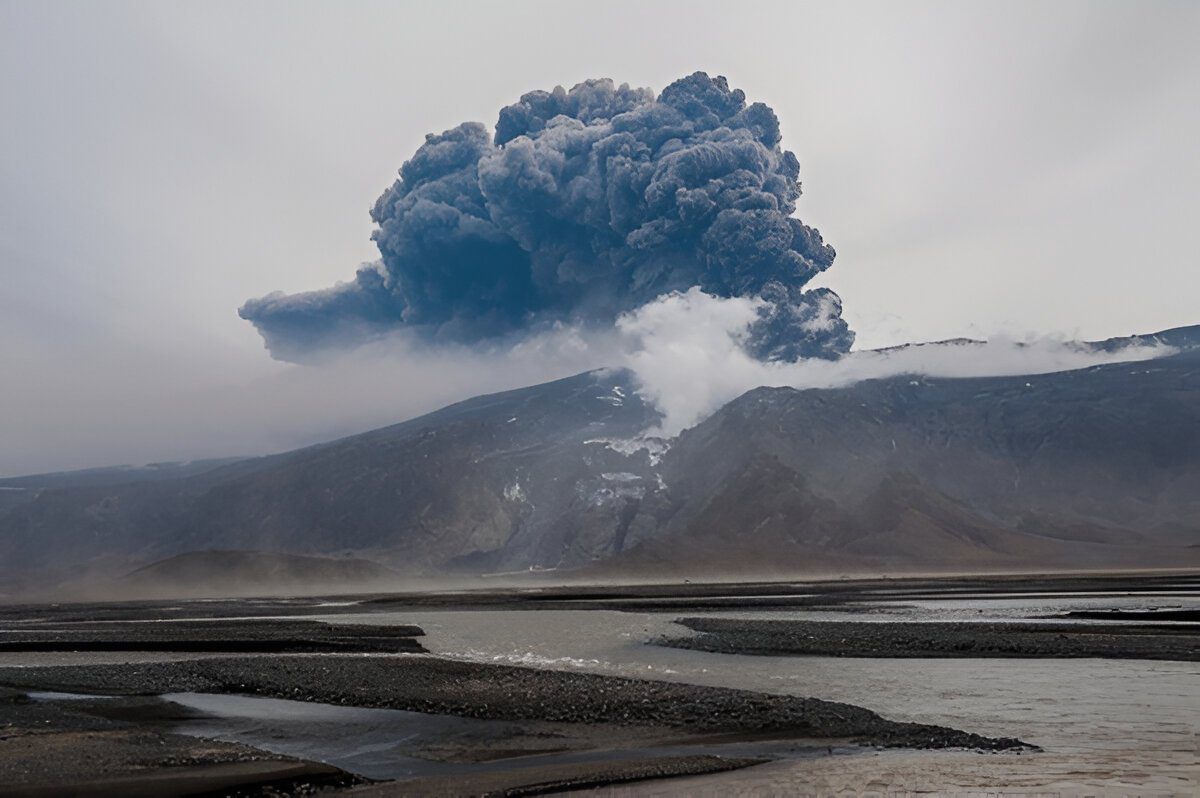
2. Hekla
Known as the “Gateway to Hell” in medieval times, Hekla is one of Iceland’s most active volcanoes, with more than 20 eruptions since 874 AD. The volcano’s distinct shape, resembling an inverted boat, makes it instantly recognizable. Hiking on Hekla offers spectacular views, but it’s essential to check for any potential volcanic activity before your visit. This region also boasts a rich history of legends and folklore.
- Best Time to Visit: Summer, when the weather conditions are favorable for hiking.
- Activities: Hiking, exploring lava fields, and viewing geothermal areas nearby.
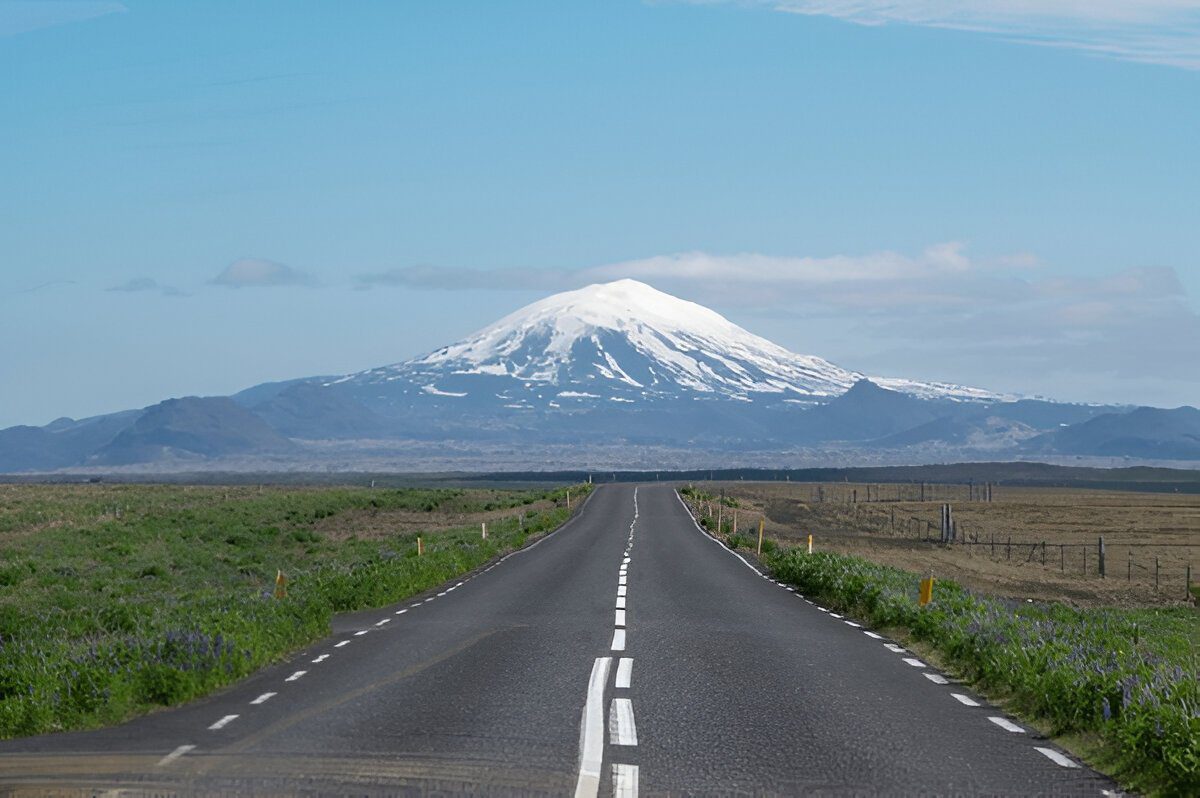
3. Katla
Beneath the Mýrdalsjökull glacier lies the mighty Katla volcano, one of Iceland’s most powerful. Although it hasn’t erupted since 1918, Katla is closely monitored due to the threat it poses. Visitors to this region can take part in glacier tours, where they can explore ice caves formed by volcanic activity. The nearby village of Vík provides a picturesque base for exploring Katla and its surrounding area.
- Best Time to Visit: November to March for ice cave tours, or summer for other outdoor activities.
- Activities: Ice cave exploration, glacier hikes, and scenic views of black sand beaches in Vík.

4. Grímsvötn
Hidden beneath the Vatnajökull glacier, Grímsvötn is Iceland’s most active volcano. Its 2011 eruption was one of the largest in recent years, blanketing parts of Iceland in ash. Visiting Grímsvötn offers a unique experience as it’s situated in Europe’s largest glacier. While the volcano itself isn’t directly accessible, you can take glacier tours in Vatnajökull National Park to explore the surrounding area and learn about the impact of Grímsvötn’s eruptions.
- Best Time to Visit: Summer, for glacier tours in Vatnajökull National Park.
- Activities: Glacier hiking, guided ice cave exploration, and learning about glacial volcanic interactions.
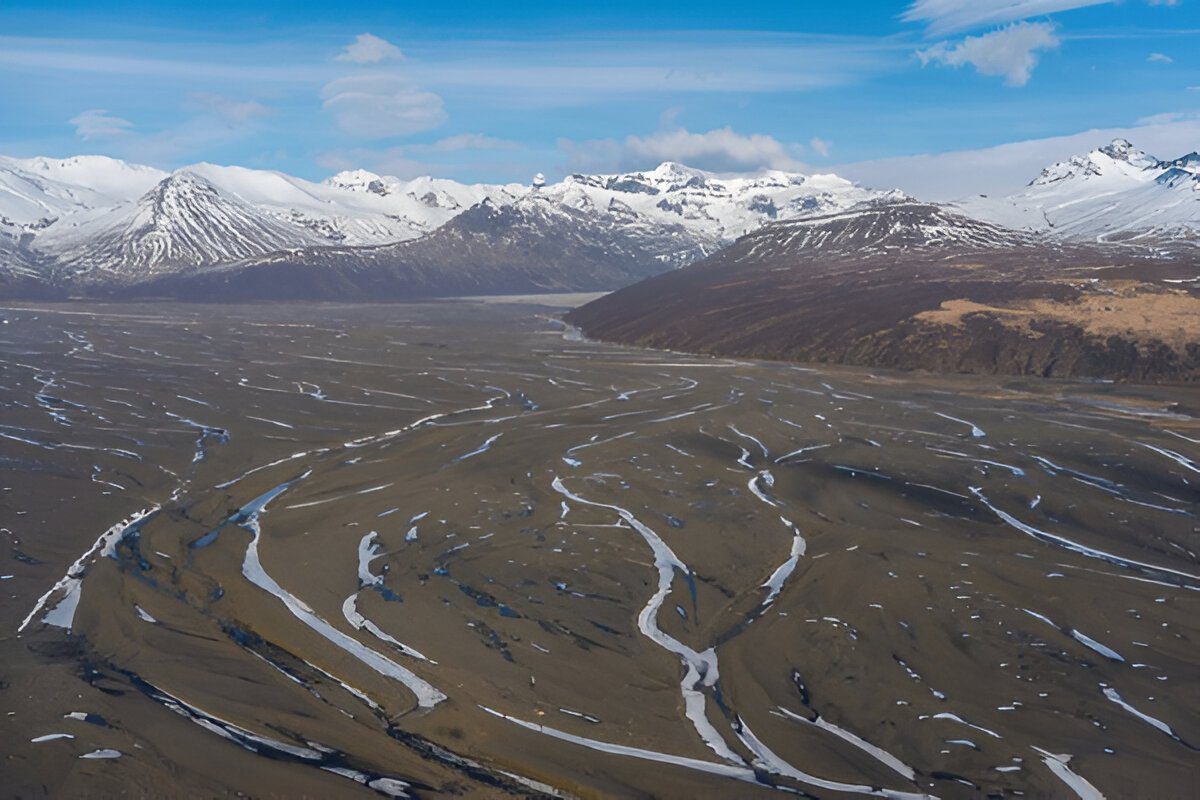
5. Askja
Askja is located in the remote highlands of Iceland and is famous for its stunning caldera and volcanic lake, Öskjuvatn. The crater is known for its vivid blue water and warm temperature, attracting swimmers despite the challenging journey to reach it. The surrounding area, with its otherworldly lava fields and rugged landscape, makes it a top choice for those seeking a truly adventurous experience.
- Best Time to Visit: July to August, as the highlands are more accessible in summer.
- Activities: Hiking, swimming in the Viti crater, and exploring lava fields.
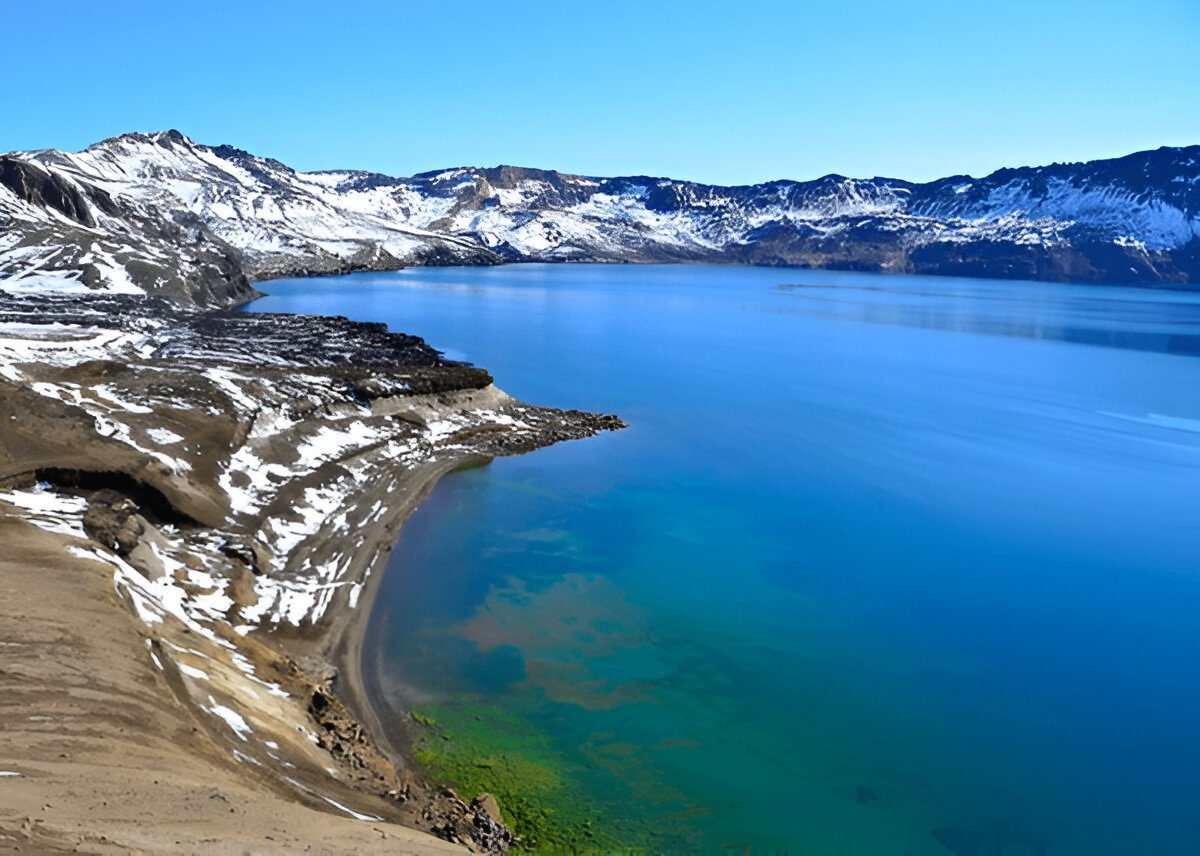
6. Fagradalsfjall
One of Iceland’s newest attractions, Fagradalsfjall erupted in 2021, drawing global attention. Located on the Reykjanes Peninsula, it’s close to Reykjavik, making it easily accessible for visitors. The eruption site has become a popular tourist destination, allowing travelers to witness fresh lava fields up close. If you’re lucky, you might even see the volcano erupting, creating a mesmerizing display of flowing lava.
- Best Time to Visit: All year round, depending on weather conditions.
- Activities: Hiking, lava field exploration, and enjoying views of the lava fountains (if active).
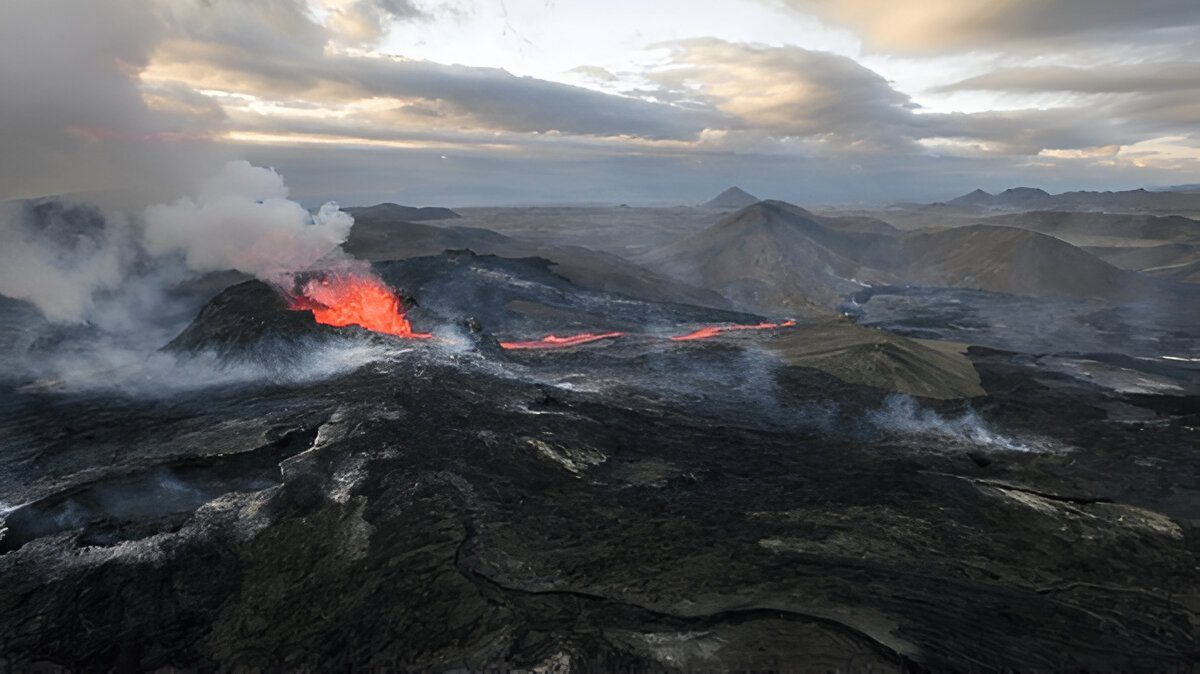
Safety Tips for Visiting Volcanoes in Iceland
While exploring active volcanoes can be thrilling, safety is paramount. Here are a few tips to ensure a safe visit:
- Check for Warnings: Always monitor Iceland’s official websites or check with local guides for any volcanic activity alerts.
- Dress Appropriately: Iceland’s weather can be unpredictable, so wear warm and waterproof clothing and sturdy hiking boots.
- Hire a Guide: For safety and local insights, consider taking a guided tour, especially for volcanoes that require glacier hiking or exploring remote areas.
Conclusion

Ida Khanna is a travel content writer and digital marketing specialist who crafts compelling, SEO-driven stories for brands like MakeMyTrip, Wanderers, and Thrillophilia. She combines storytelling with strategy to create engaging travel content that resonates with audiences and boosts visibility across digital platforms.


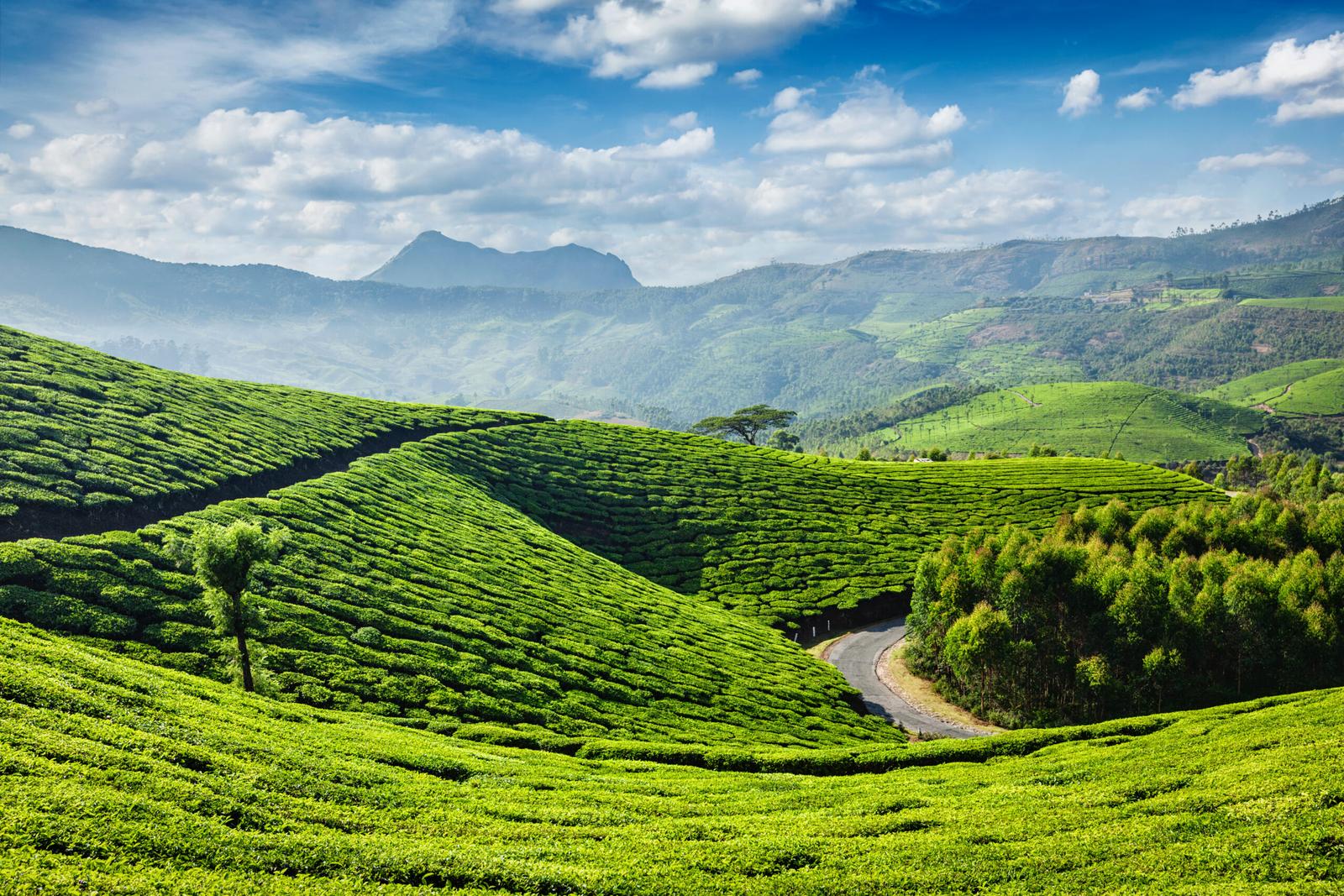

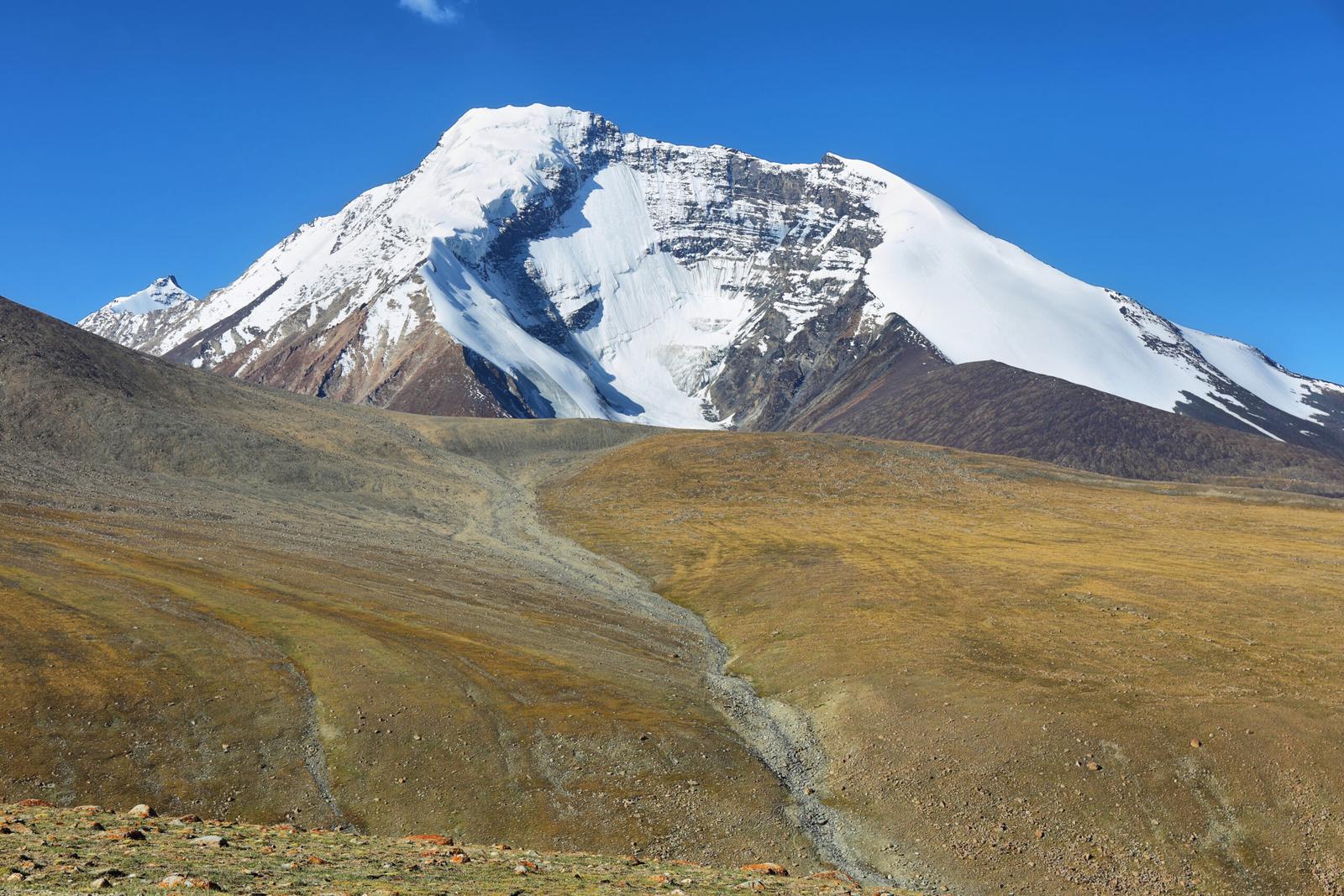



6 Comments
You have mentioned very interesting points! ps decent site.
What’s Going down i am new to this, I stumbled upon this I’ve discovered It absolutely useful and it has aided me out loads. I hope to contribute & help different users like its aided me. Good job.
I do not even know how I ended up here, but I thought this post was good. I do not know who you are but definitely you are going to a famous blogger if you are not already 😉 Cheers!
Hi there, I found your blog via Google while looking for a related topic, your site came up, it looks great. I have bookmarked it in my google bookmarks.
mj777 is pretty solid, I’m not gonna lie. Good variety of games to keep things interesting. Plus, the support’s been helpful whenever I’ve had a question. Visit mj777.
There is obviously a bunch to identify about this. I feel you made certain nice points in features also.